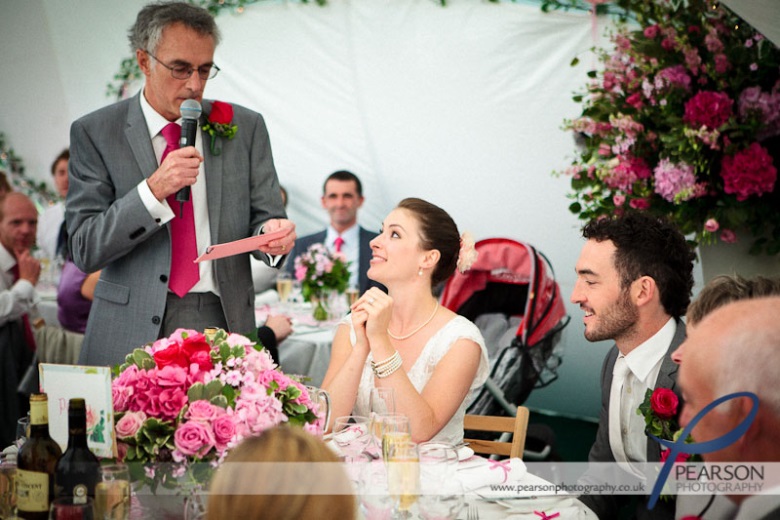Seizing Their Attention
The introduction to your presentation is crucially important. It sets the tone of the discourse and establishes the contact with your audience. To get and maintain this attention, apply the following tips and principles:
- Ask a question – by asking them a question, they are forced to think about themselves and how your information will apply to them. This engages them immediately and is likely to keep them interested as they wait to hear the answer / resolution / explanation of their question. The question can be rhetorical (“Do you sometimes feel that the pressure of city living is compromising your family life?”) or one that requires a response (“How many of you here today heard about your current position through a recruitment agency?”). If your question requires an answer, give the audience a few seconds to think about it and volunteer their answer. Do not wait too long as you do not want to create an awkward atmosphere of silence. Rather, just answer the question yourself. Make your question simple and direct, not one that requires a long explanation.
- Surprise factor – open your presentation with a shocking or impressive fact. This fact should be true and relevant, so that the audience can see how it applies to them, even though they were so surprised at it.
- Get personal – telling a story of something that you experienced, whether humorous, tragic or frightening, will make your audience feel included and involved in what you are about to say. They are also more likely to be able to identify with certain actions, reactions and emotions.
- Quote the greats – to create a dynamic and intriguing presentation, include quotes from philosophers, writers or politicians. Use only as many as you need and always ensure that the quote is easy to understand in your context. Do not overuse quotes as your audience will become distracted and confused.
- Tell a joke – although you need to be very careful about keeping your joke clean, appropriate, non-offensive and applicable, being witty can engage your audience, relax them and encourage them to listen more carefully. Never tell a joke that uses any reference to religion, race, political affiliation, gender, etc...
- Know your audience – ensure that you have a clear idea of who your audience is (position, age, goals, priorities, and so on) and why they are there (to be trained, to gain information, to say goodbye to a fellow colleague, for example).
- Tell them why they should listen to you – if you cannot think of a reason, you should ask yourself sincerely whether the presentation is even necessary.
- Keep it dynamic – the audience notices change, so keep your presentation moving. This could vary from changing the slide or swopping presenters to making the audience get up out of their seats to change positions (for an activity, for example).
- Take a break – during long seminars or conferences, it is vital to take a break on a regular basis and allow the audience to refresh themselves, return phone calls, go to the restroom, and so on.
- Keep it brief – respect the time constraints of your audience and say only as much as you need to say. This will ensure that they do not have time to let their minds wander and are not distracted by thoughts of missing their next appointment.
By being enthusiastic, knowledgeable and genuinely passionate about your subject, you instil the same values in the mind of the listener. They begin to mirror your attitude. This is the perfect response to any presentation, but takes plenty of practice and preparation.
Photo Credit: fatherofgroomspeeches.com





